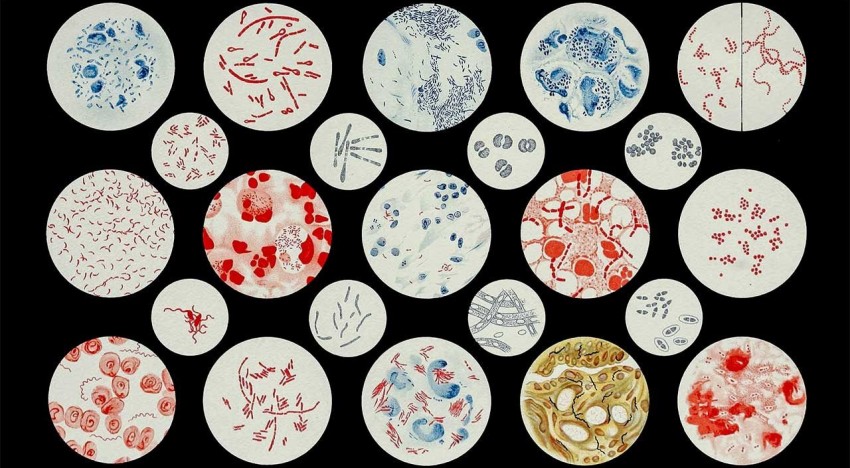Fitting in all the necessary cellular components limits their dimensions
The size of a bacterium can vary by eight orders of magnitude—if the smallest were the size of your hand, its giant cousin could fit 4000 tractor trailers inside itself. But, although larger ones grow faster and reproduce more quickly, there are limits to how big these microbes can get. To find out why, computational biologists came up with a computer model to predict how microbial metabolism and cellular composition change as cell size varies, using details about how much space a bacterium needs for its components—DNA, proteins, and the molecular factories called ribosomes—to function. Space constraints control the sizes of both the largest and smallest bacteria, they report this month in The ISME Journal. Bacteria can’t shrink more than they have already because there wouldn’t be enough space left for DNA and necessary proteins. They can’t get much bigger, because larger species have much greater energy demands in proportion to their increased girth. As a result, they need many more ribosomes, and a bacterium that tried to be larger than the current record-holders couldn’t fit all the extra ones it needs in. Knowing that microbes have a minimum size can help biologists looking for life beyond Earth rule out signs of life that are too tiny, the researchers say. And knowing bacteria have a maximum size has inspired biologists to look more carefully at how other microbes, such as single-cell eukaryotes, get around this limitation.
Source: Why bacteria can’t get any bigger—or smaller | Science | AAAS


Leave A Reply